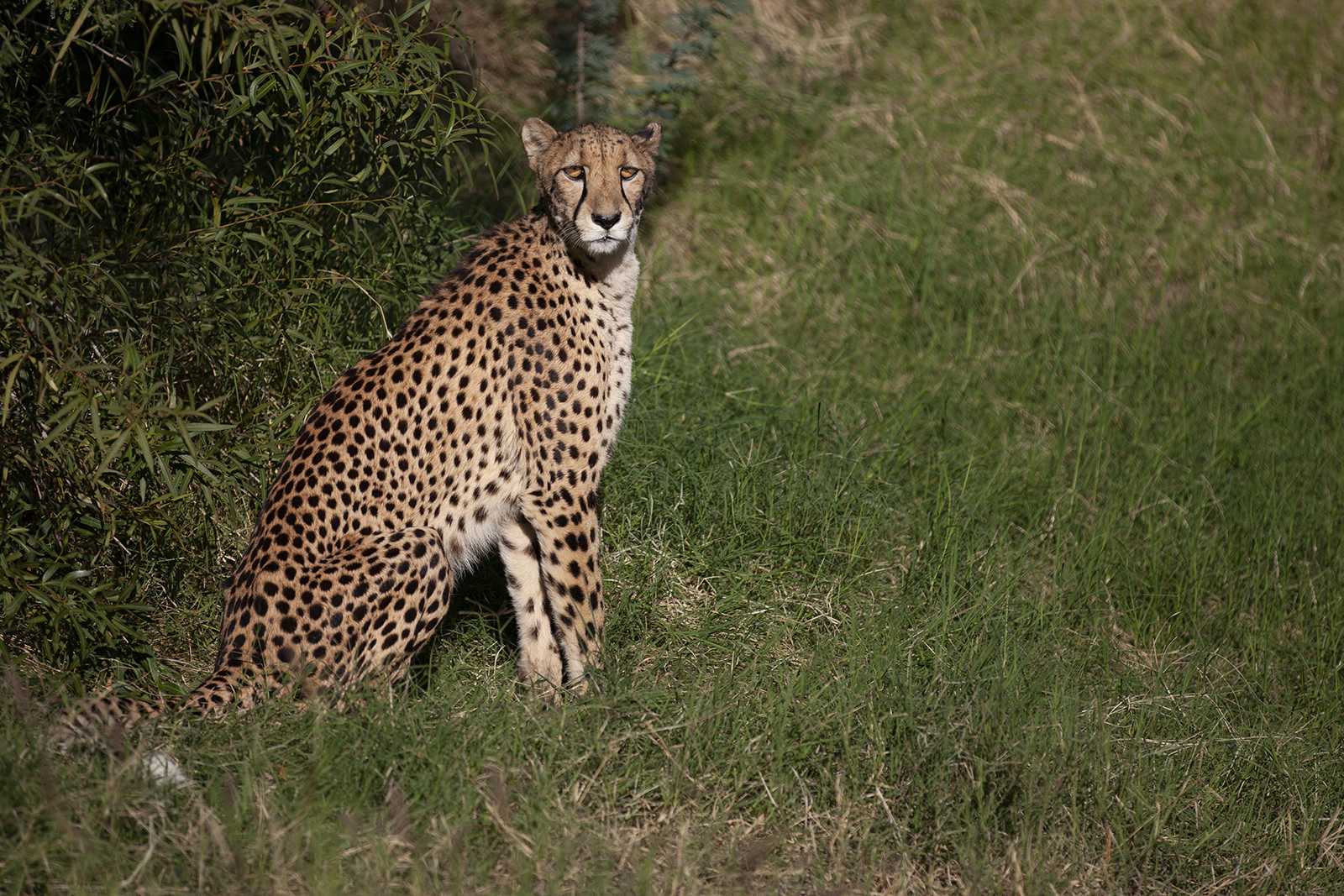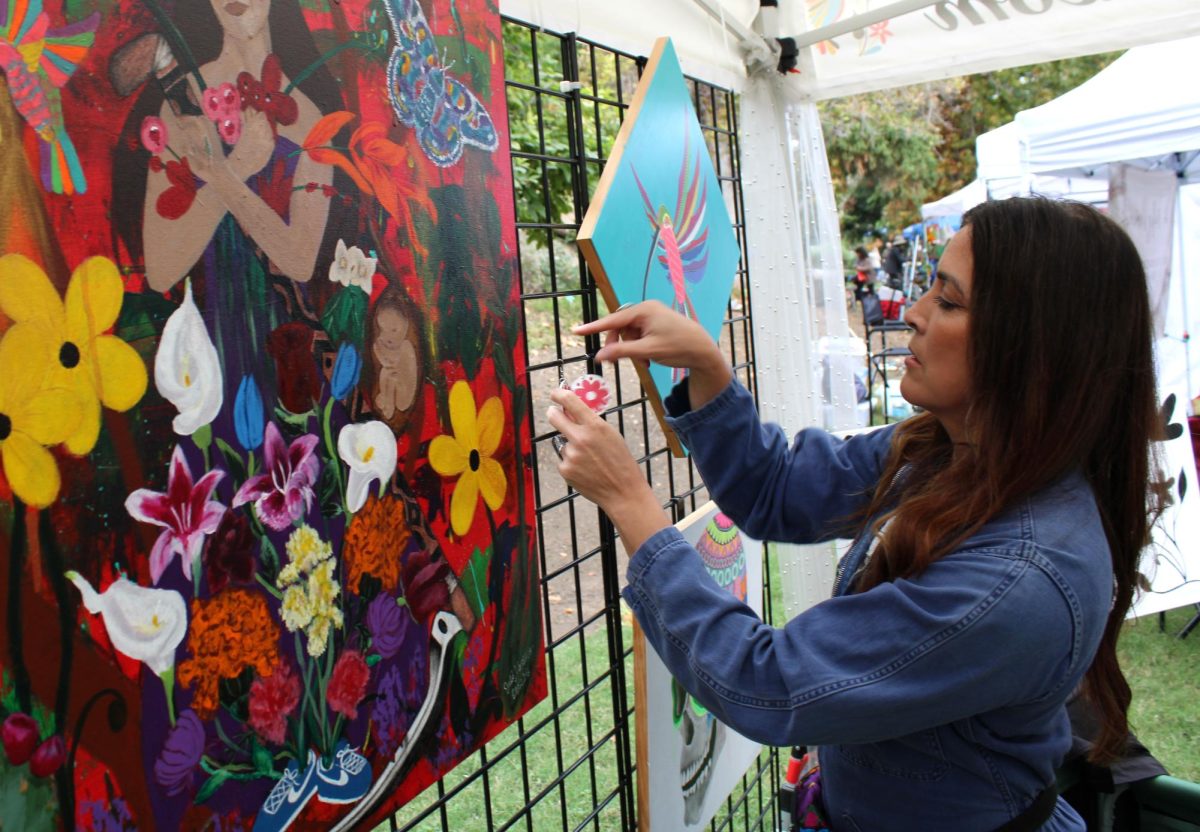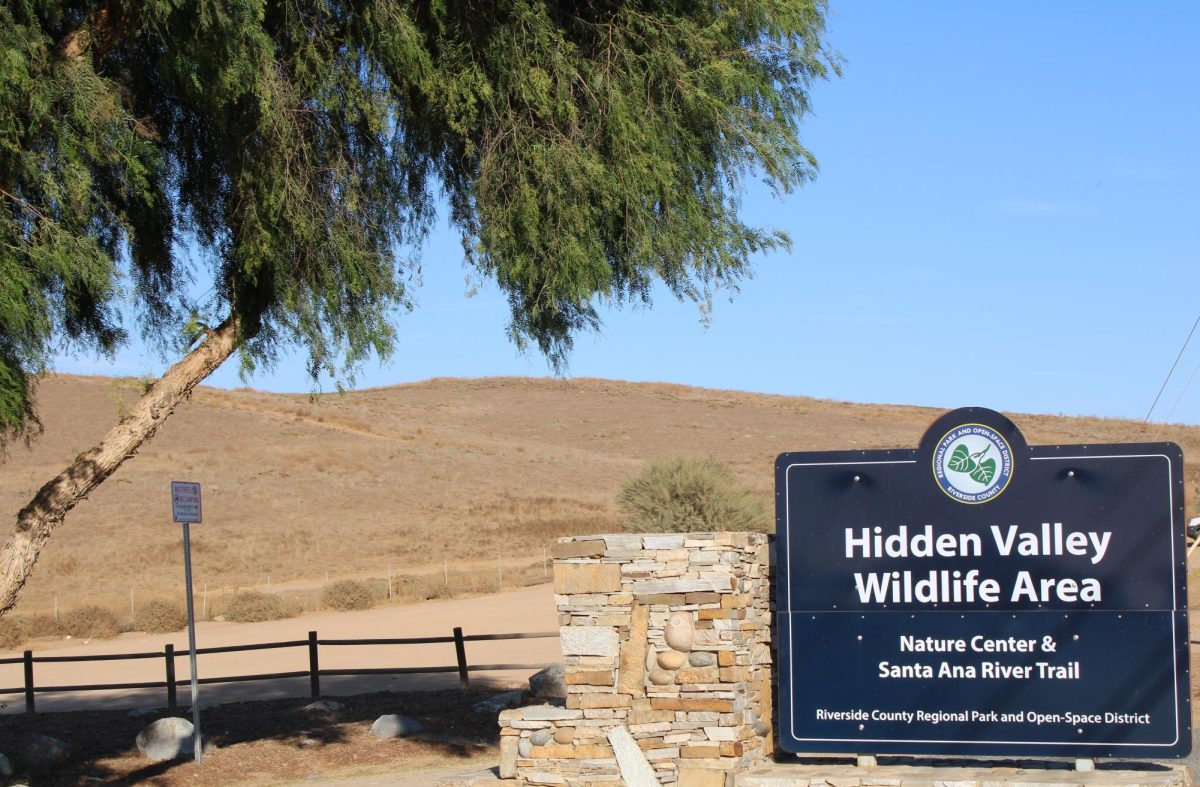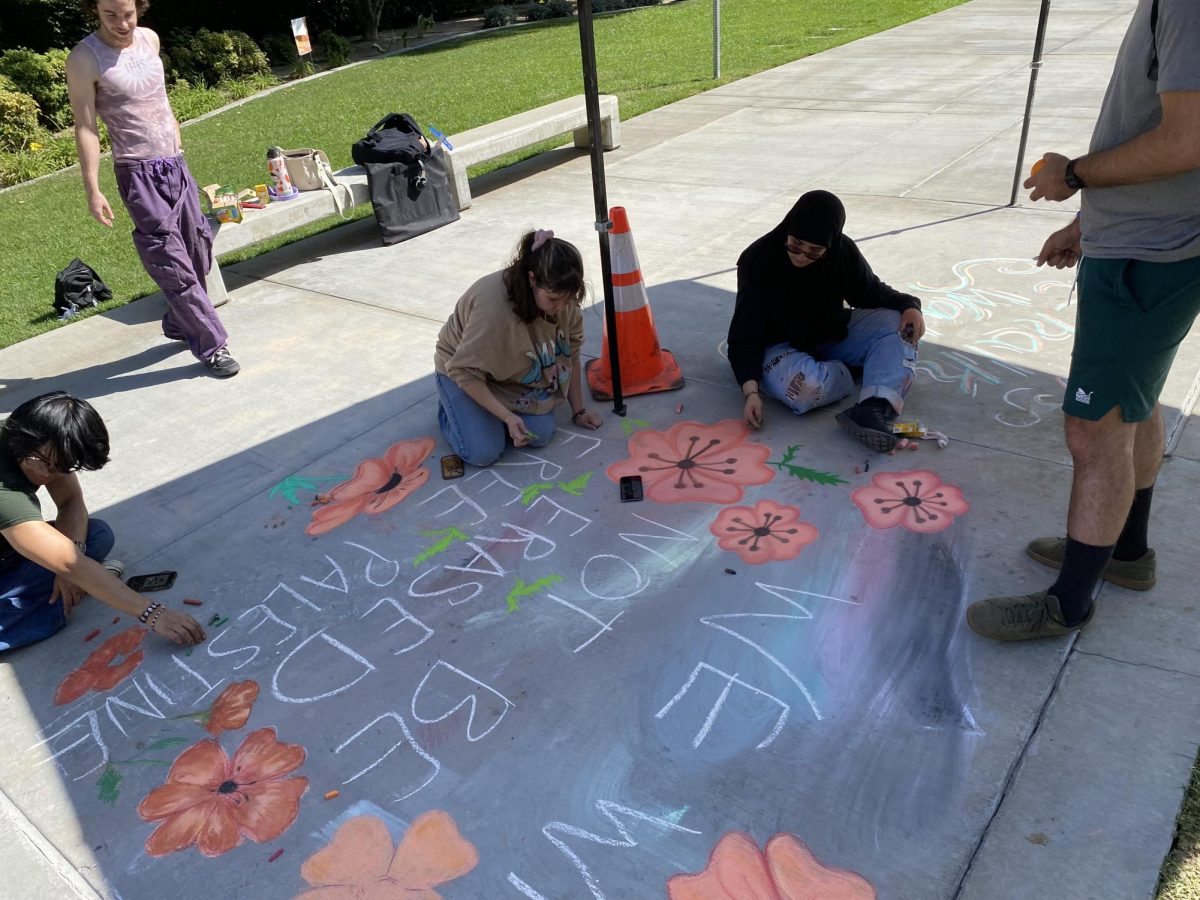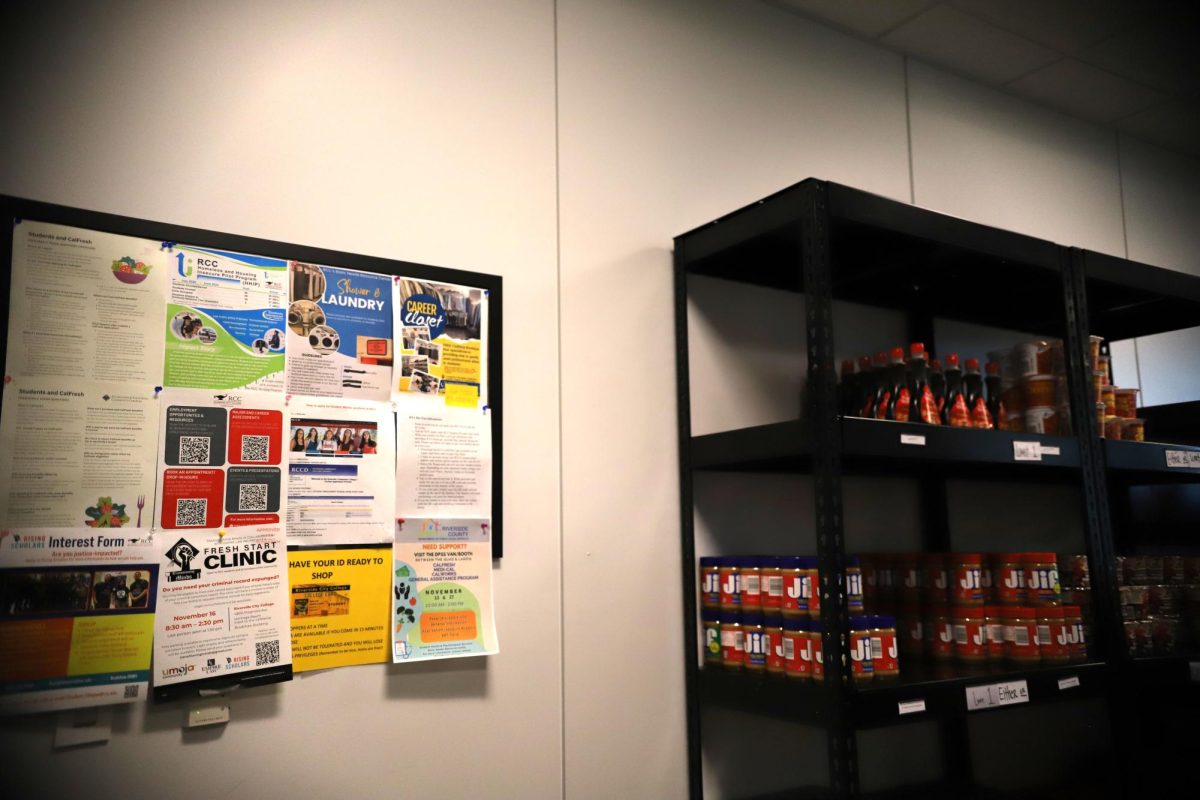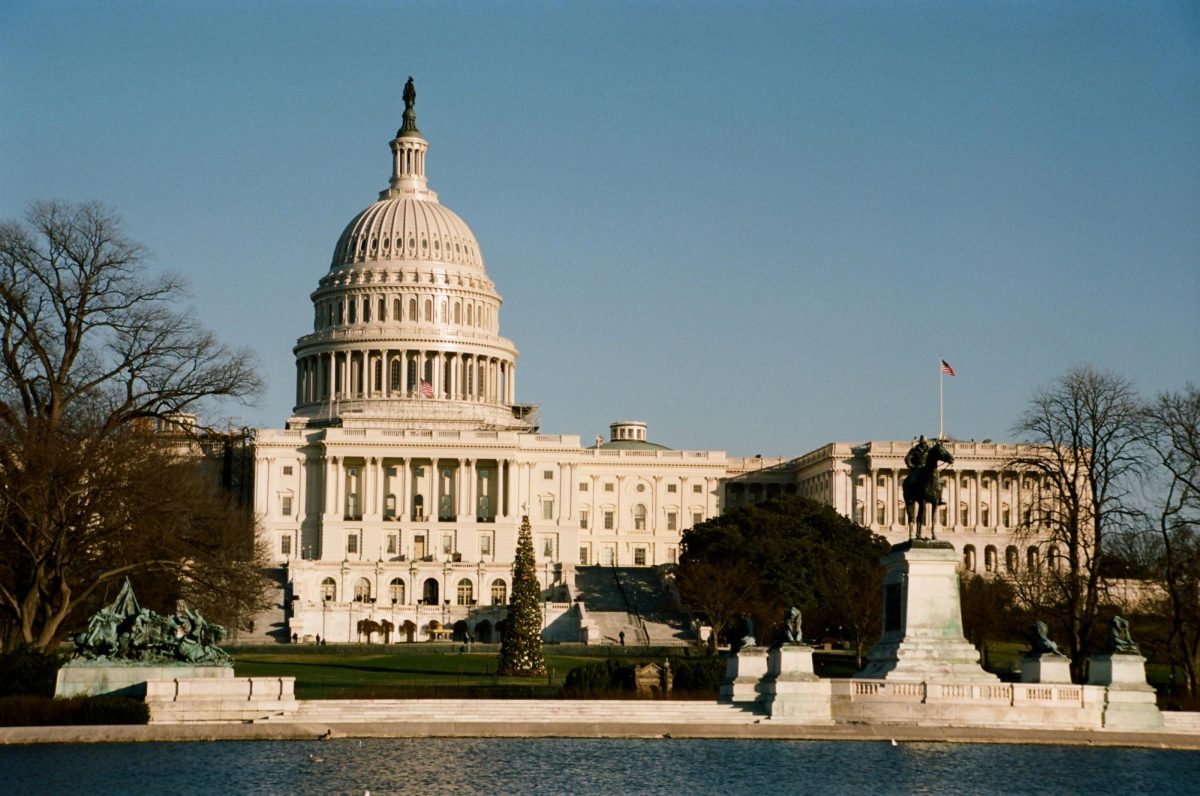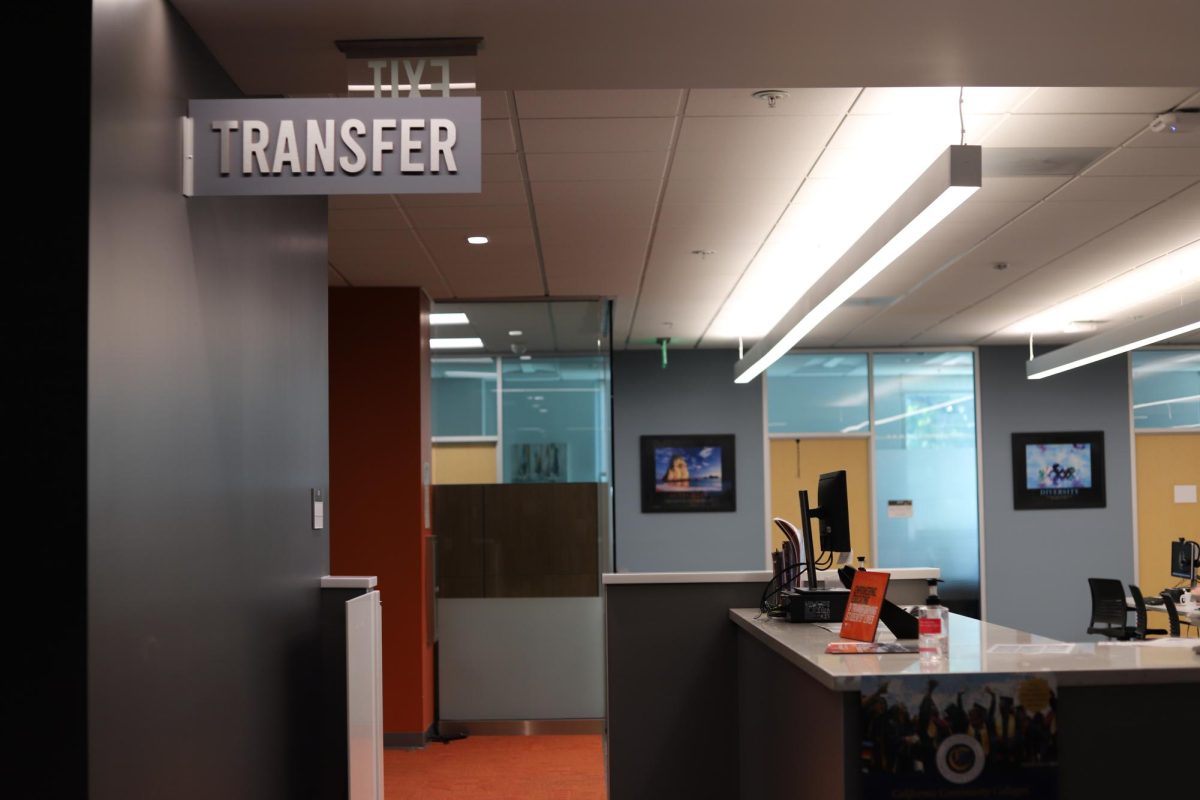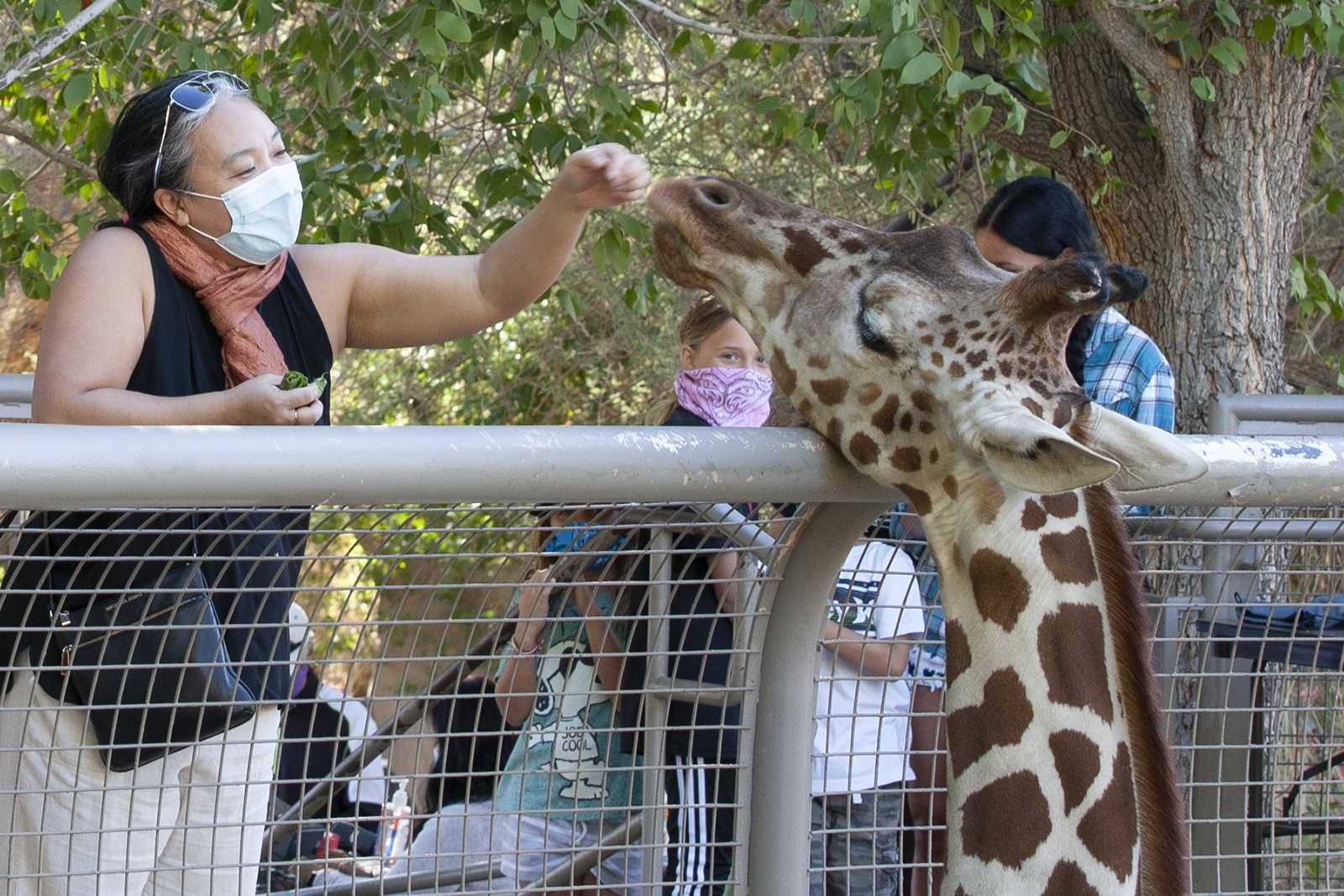
By Joyce Nugent
Eleven international conservationists who partner with The Living Desert Zoo and Gardens shared their wildlife conservation programs’ success at the International Desert Conservation Summit on Nov. 14, where 138 attendees from 12 different countries celebrated each organization’s dedication to preserving the planet.
“Although we had originally planned to host this event on-grounds at The Living Desert, we are thrilled to welcome even more attendees from all over the world with its new virtual format,” said Allen Monroe, President and CEO of The Living Desert.
Since desert plants and animals have to survive drought, high winds and intense heat or cold, they have evolved strategies for thriving in a harsh environment. Succulents, for example, begin photosynthesis at night to avoid water loss, and desert tortoises can store enough water to go years without drinking. As the Center for Biological Diversity points out, this kind of specialization makes for extreme diversity, closely intertwining desert flora and fauna in a complex and close-knit web of survival.
This web is dangerously close to breaking. Desert animals depend on fragile ecosystems and any slight imbalance can cause entire populations to be easily wiped out. Human impacts on deserts are increasing exponentially, especially in the American Southwest, which contains some of the country’s fastest-growing cities.
The Center for Biological Diversity expressed that wildlife that has lived there for thousands of years is in danger of becoming extinct due to threats of urban sprawl, cattle grazing, mining, dam building and off-road vehicle use.
According to The Living Desert at the International Desert Conservation Summit, habitats are being ruined by the destruction of wetlands to build houses and stores. Rivers, streams and lakes are being polluted by human encroachment and invasive species. Climate change makes it too hot and too dry in many places for native species to survive.
The 25 million acres of California desert may seem empty, but they host an amazing array of biological diversity. This huge area is home to numerous at-risk species, including the threatened desert tortoise, the endangered bighorn sheep, the cushenberry buckwheat, and many other rare plants and animals that have adapted to live in harsh desert environments.
According to The Living Planet Report 2020 published by the World Wildlife Fund, human activities have caused the world’s wildlife populations to plummet by more than two-thirds in the last 50 years. The decline is happening at an unprecedented rate, the report warns, and it threatens human life as well.
“The findings are clear,” the report states. “Our relationship with nature is broken.”
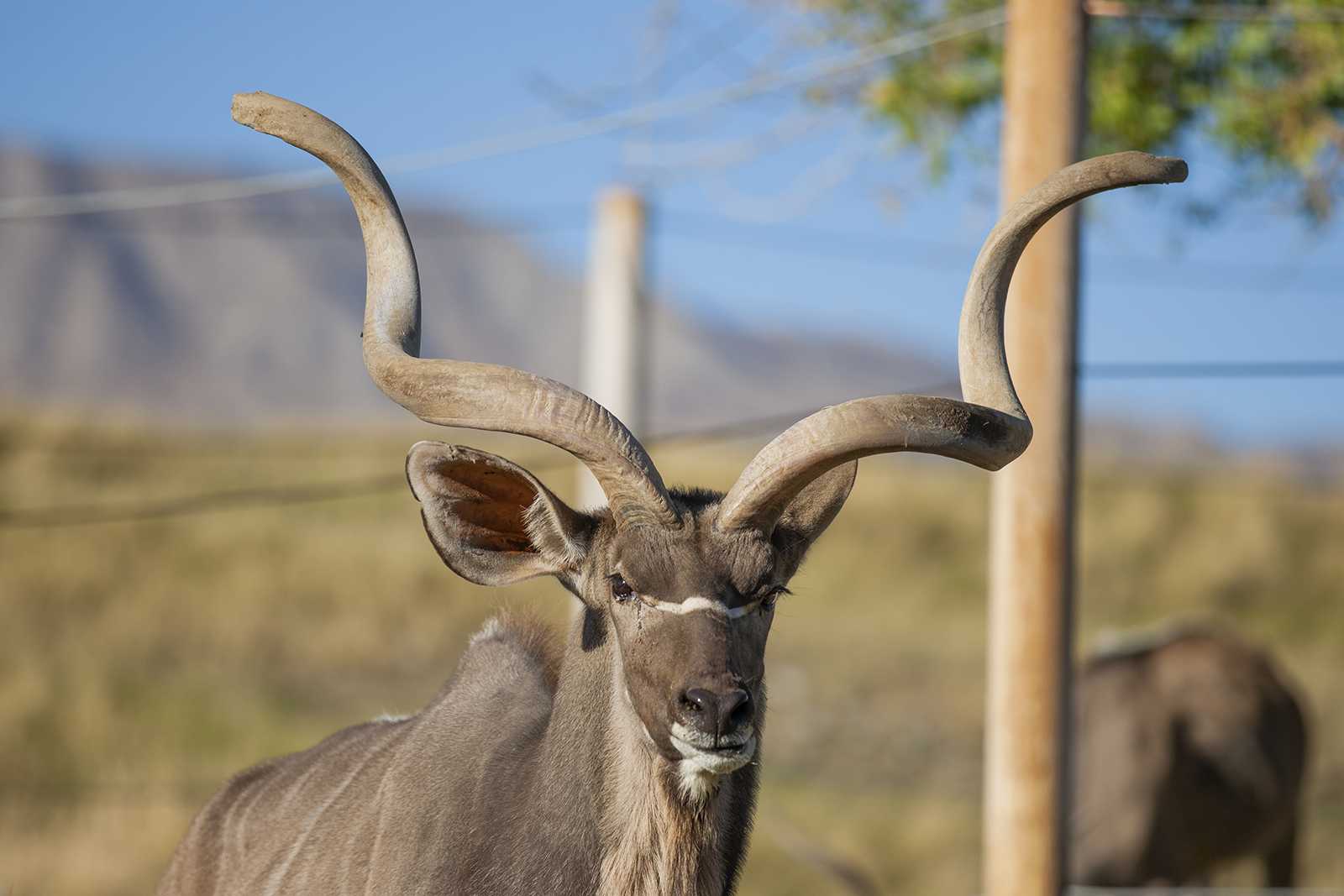
The United Nations published a report last year stating that 1 million of the estimated 8 million plant and animal species on the planet are at risk of extinction because of human activities.
“Protecting biodiversity amounts to protecting humanity,” Audrey Azoulay, United Nations Education, Scientific and Cultural Organization’s director-general, said at the time of the report’s release.
For 50 years, The Living Desert has concentrated on saving desert species and the ecosystems that support them locally, nationally and globally. They have partnered with 57 organizations to support 35 projects in ten countries. Projects include efforts to protect local species such as the desert bighorn sheep and desert tortoise, as well as African species including rhino, giraffe, cheetah and African wild dogs.
“We focus on community based conservation,” James Danoff-Burg, director of Conservation Engagement and Learning at The Living Desert, said. “Much of what we do is work with our partners to address the root causes of the problems in their regions by giving them the tools and expertise to change perceptions.”
Concerned environmentalists listened worldwide as the summit’s presenters explained how they are making lasting, demonstrable differences and, out of gratitude, publicly recognized The Living Desert for its contribution to their success.
The Black Mamba Anti-Poaching Unit of South Africa, a group affiliated with The Living Desert, explained how they search their area for poachers and illegal hunters, eradicating traps and destroying bush-meat kitchens. Between 2013 and 2015, they identified and destroyed 12 poachers’ camps and reduced snaring and poisoning activities by 76%. They thanked the Living Desert for helping with research and the financial support to hire more personnel.
“If you really want to protect the animals, you must have the people to do the hard work,” Ranger Felicia Mogakane said.
When asked what he wanted attendees to learn from the Summit, Danoff-Burg said the need for people to understand the importance of desert conservation.
“I want them to know they can make a difference by getting involved,” he said. “It is not going to get better without their help. The stories we heard presented at the Summit are proof community involvement works. But you have to get off the couch.”
The Living Desert offers ideas on how to get involved in the preservation of the earth. Volunteer hours and money donations are essential in supporting education and research at organizations like The Living Desert. Learning how to take responsibility for protecting all life on the planet, as well as the reduction, reuse and recycling of products is also essential.. The organization also recommends becoming aware of how the chemicals used every day affect the world’s environment. For example, consumers can switch to “green” detergents and fertilizers that don’t pollute.
“Challenges lie ahead but we are up to the task at hand,” The Living Desert Annual Impact Report 2019-2020 states. “Eager, smiling faces walk through our gates daily with curiosity and wonder. Our guests are excited to learn, open to explore, and long to build a better world. The future looks bright as we step into the next 50 years.”
